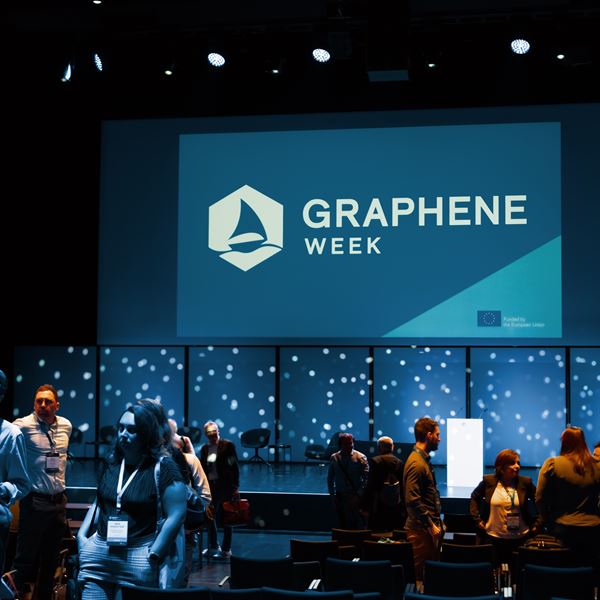
2DSPIN-TECH
A game changer for computer memory
As the use of information technology increases rapidly, it is necessary to develop new non-volatile, faster, and energy-efficient electronics. Spintronic technologies open routes to achieve this. However, devices based on conventional materials are still too inefficient for applications in consumer electronics. It is where 2DSPIN-TECH enters the room.

2DSPIN-TECH will develop a new energy-efficient spintronic memory device platform based on emerging atomically-thin two-dimensional (2D) quantum materials for the next generation of memory technologies. It is vitally important for the future use of information technology.
How to do it
2DSPIN-TECH has the ambition to significantly reduce energy consumption, promote sustainability, and improve the overall performance of computer memory. The 2D topological spin-orbit materials can generate a giant current-induced spin polarization, whereas room temperature 2D magnets provide the prospective of electric control of magnetism. The proposed van der Waals heterostructure spintronic devices consisting of 2D topological spin-orbit materials and 2D magnets will enable exceptionally efficient spin-orbit torque (SOT) functionality with low current densities and ultrafast magnetization switching speed.
Who will do it
All-2D multifunctional SOT will provide a strong synergy between spintronics and 2D materials. 2DSPIN-TECH employs novel methods to control their SOT properties – by the twist angle between the layers, topological aspects, crystal symmetries, proximity interaction, and strong electric field effects. To achieve this, we bring together pioneering and world-leading experimental and theoretical researchers and a company in the field of spintronics and 2D materials in Europe.
2DSPIN-TECH is coordinated by Prof. Saroj Dash at CHALMERS with the following partners.

Going forward
The ultimate demonstration of all-2D SOT memory device units will merge the field of spintronics and twistronics, allowing for physical and electrical tuning parameters to achieve enhanced control over the device functionalities. It will enable groundbreaking 2D SOT technologies for low-power, non-volatile, ultrafast, and scalable data storage and processing devices and possibly new spin-based computing paradigms and architectures. Watch us creating a new generation of universal memories.
Related articles


Graphene Week Ambassador Programme
Join us as a Graphene Week Ambassador and be recognized for your efforts in building an amazing community of 2D materials researchers!

Empowering Advanced Electronics with Layered Materials and Wide-Bandgap Semiconductors
The ETMOS project develops diodes and transistors based on MoS2, SiC and GaN





